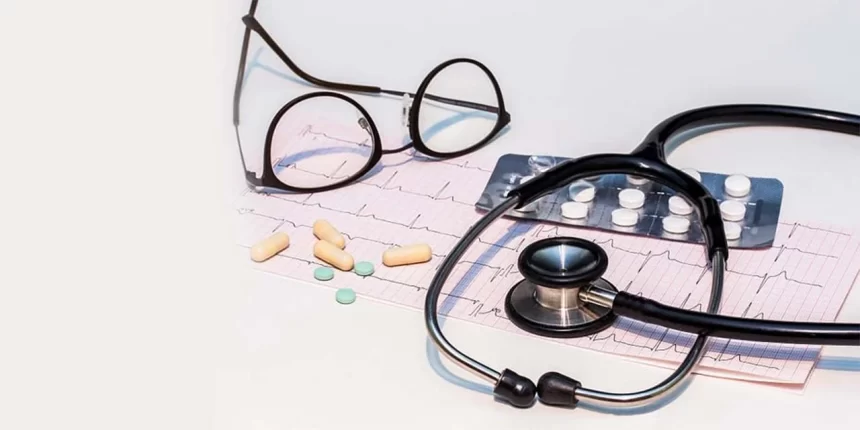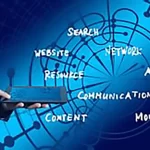When the use of IoT in Healthcare expands, companies have to be mindful of the problems that arise. Until the Internet of Things (IoT) was not in the sector,the patients’ communications with doctors were restricted to visits and messages via text and email. Doctors and hospitals have been unable to monitor their patients’ safety and make recommendations at all times.
IoT-powered applications have allowed the healthcare sector to be monitored remotely and unleashed the potential of safe and stable patients and inspired doctors to provide excellent treatment. This has also improved patient loyalty and satisfaction with the more open and successful doctor experiences.
IoT in Healthcare transforms the sector by redefining interface space and contact between individuals in the provision of medical services. IoT has healthcare programs benefiting patients, families, doctors, clinics, and insurance companies. IoT devices such as remote vital monitoring and wired surveillance cameras for hospitals, senior housing facilities and other medical settings are now in place.
The IoT solutions pose specific criteria and obstacles for healthcare organizations compared with traditional tech tools such as servers, PCs, etc. Such issues also include increased maintenance, increased network support and strengthened safety measures.
Below are a few factors in view of an IoT in Healthcare industry:
- Safe Devices and Data Protection: IoT systems should be affordable enough to be conveniently distributed by companies irrespective of how they run. The more IoT tools a hospital has, the more knowledge it can use to make decisions about patient care. IoT suppliers typically add adequate processing power and memory to their products to help the core tasks in a system satisfy price sensitivity. It seems that every computer has few extra resources to support cyber security technology compared to a PC or laptop, thus posing a security risk. Thus, the Network and other IT infrastructure cover the IoT devices and the data they manage, and avoid HIPAAs caused by a breach. These systems classify the type of device and implement correct security policies automatically when new IoT devices are added. For instance, wearable for the monitoring of indoor air quality need better protection than an IoT device.
- Choose the Right Architecture and Technology Network: While system security is essential to the effective implementation of IoT, a reliable network is a key. Considering high-value equipment monitoring, it is important to avoid theft, and to help patients quickly locate what they need. But if IoT devices are used to track using Wi-Fi, then the entire building must have seamless Wi-Fi network. Only the introduction of more entry points seems to be an simple solution, but this could also backfire. Too many close-attached APs will interfere, saving the WLAN’s electricity. Network Access Management has been adopted by health institutions to assess the optimal place for each AP to minimize the disturbance and remove dead spots. Health organizations should also recognize which IoT technologies are at home, such as remote monitoring devices, for their patients. Before using these devices, it is important that these organizations investigate communication options, including Wi-Fi access to patient’s home network (or 4 G or 5 G mobile phones for people without broadband).
- Enable Digital Transformation in Organization: More IoT devices means more data needs to be collected, processed and used. Cloud-based applications need to process all of this knowledge to offer the potential for informed decision taking to doctors and other staff. Health organizations need to select the approach that best supports their IoT goals, including reduced costs, improved patient care, increased protection, and better outcomes for treatment. Cloud technologies are important in addition to providing historical and real-time analyzes to enable digital transformations that improve care, employee engagement and more.










